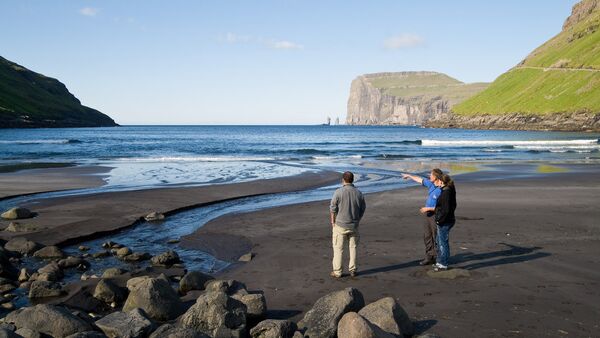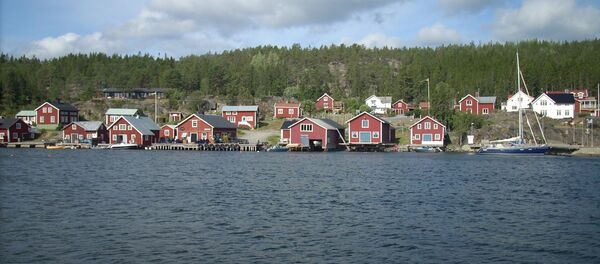"The Faroese constitution will define our identity as a nation and our fundamental rights and duties as a people, including our right to self-determination," Faroe Prime Minister Aksel V. Johannesen said in a statement, venturing that the Faroese constitution would be "a triumph for the Faroese people and for democracy on the Faroe Islands."
Plans for a Faroese constitution have been in development for years, and the popular vote was originally planned for this year.
Danish Prime Minister Lars Løkke Rasmussen, who recently met Johannesen together with Greenlandic Prime Minister Kim Kielsen, said he respected the two nations' desire for independence from the Danish Realm, yet argued that the commonwealth made all its constituents stronger.
The Faroe Islands are a North Atlantic archipelago situated halfway between Norway, Iceland and Scotland. Between 1035 and 1814, the Faroe Islands were part of the Kingdom of Norway. In 1814, Denmark won control over the archipelago together with two other former Norwegian regions, Greenland and Iceland (the latter acquired independence during WWII).
Today, the Faroe Islands, which have a population of around 50,000, are heavily dependent on fisheries and whaling, which account for 95 percent of all their exports, and also receive an annual 650 million DKK ($73 million) subsidy from Denmark.
"Visit the Beautiful #FaroeIslands".. they said! To see THIS???? #BoycottDenmark pic.twitter.com/qPb3Ra03Vg
— Poppy West (@inextremis88) 13 февраля 2017 г.
The islands are also home to about 80,000 sheep, which play an important part in the Faroe culture and even lent the archipelago its name: "Føroyar" translates literally as "the islands of sheep."
Never miss a story again — sign up to our Telegram channel and we'll keep you up to speed!





